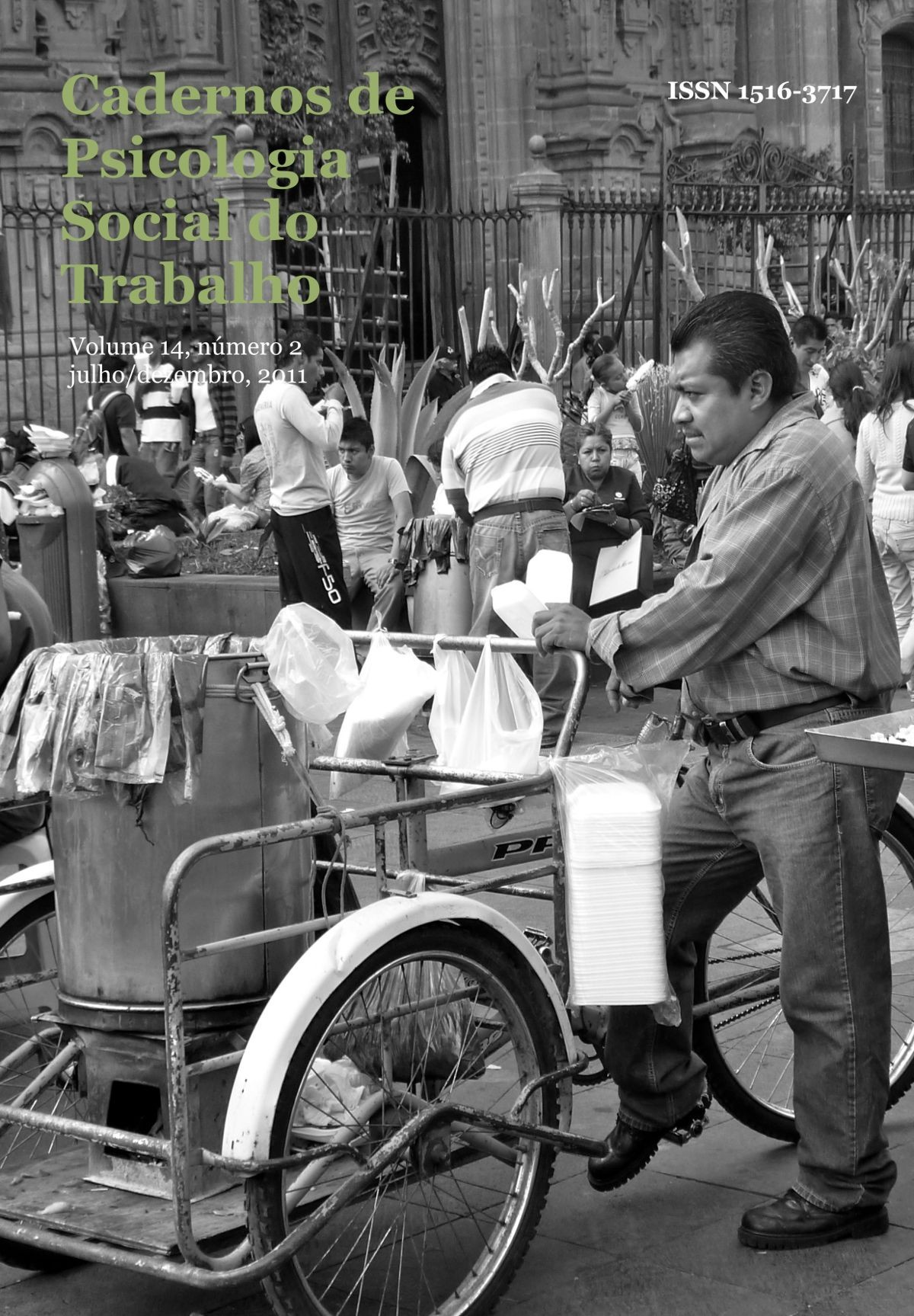Similarities and differences: old and new roamers
DOI:
https://doi.org/10.11606/issn.1981-0490.v14i2p311-324Keywords:
Street population, Roamers, Work, Social psychologyAbstract
The present article was written from a master's research and aims to discuss going to the streets as a continuous and gradual process, beyond the simplistic idea of living in the streets as a product of someone's choice of not accepting to work. The study was developed in six months by means of Ethnography. 100 people living on the streets, in constant mobility from town to town, developing disqualified work activities, temporary and/or seasonal as a way of subsisting were interviewed, the so called "trecheiros". The data was analyzed using Social Psychology. Two interviews with the "trecheiros" will be counterposed: a 36 year old man, interviewed in a city in the state of São Paulo at a park, who is a craftsman and identifies himself as a worker, refuses to use the public assistance and attributes his living in the streets as a choice, he feels happy in the streets. The second: a 60 year old man who identifies himself as a worker and an alcoholic who attends an institution that assists street population. He compares himself to his brothers who are financially more stable and identifies the streets as a place of freedom and deprivation.Downloads
Download data is not yet available.
Downloads
Published
2011-12-01
Issue
Section
Articles
License

How to Cite
Similarities and differences: old and new roamers. (2011). Cadernos De Psicologia Social Do Trabalho, 14(2), 311-324. https://doi.org/10.11606/issn.1981-0490.v14i2p311-324






